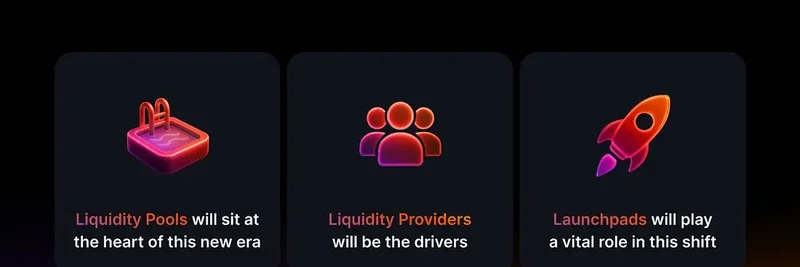Hey there, meme token enthusiasts and blockchain buffs! If you’ve been scrolling through X lately, you might have stumbled upon a hilarious yet thought-provoking post by toly 🇺🇸 (@aeyakovenko) that’s got everyone talking. The tweet quips, “Ahahaha. There are fewer California houses than bitcoins,” tying into a thread about a ban on new duplex construction in Pacific Palisades. Let’s dive into this quirky comparison and see what it means for the world of crypto and real estate—plus, how meme tokens like Housecoin are jumping into the conversation!
The Housing vs. Bitcoin Comparison
So, what’s the deal with this bold statement? California, known for its sky-high real estate prices, is facing a housing shortage that’s no laughing matter. According to Redfin, there were about 114,022 homes for sale in California as of June 2025—far fewer than the state’s estimated housing needs. On the flip side, Bitcoin has a hard cap of 21 million coins, with around 19.5 million in circulation as of now (Crypto.com). Toly’s tweet highlights this ironic twist: a digital asset has a more predictable supply than physical homes in one of the world’s biggest economies!
This scarcity angle isn’t just a fun fact—it’s a nod to how blockchain’s design mimics precious metals like gold. Bitcoin’s limited supply drives its value, much like how rare houses in California push prices to a median of $866,900. The tweet’s humor lies in the absurdity: who’d have thought a cryptocurrency could outpace real estate in availability?
The Pacific Palisades Ban and ADU Boom
The post ties into a thread by Liam Dillon (@dillonliam), which mentions a recent ban on new duplex construction in Pacific Palisades, enforced by Governor Gavin Newsom and Los Angeles Mayor Karen Bass. This move has sparked debates about housing policy, especially as Accessory Dwelling Units (ADUs) gain traction. ADUs—think backyard cottages or garage conversions—are being expedited, offering a workaround for residents rebuilding after setbacks.
This policy shift adds another layer to the housing scarcity narrative. With duplexes off the table in some areas, the supply crunch worsens, making Toly’s comparison even more poignant. It’s like the state is accidentally proving Bitcoin’s scarcity model right!
Enter Housecoin: The Meme Token Twist
Now, here’s where it gets wild. The thread explodes with replies plugging Housecoin, a meme token that’s riding this housing-bitcoin wave. Users like @HousecoinOnSol and @conviction joke that there are “fewer California houses than housecoins too,” complete with images of a Housecoin-branded neighborhood.
Meme tokens are all about community hype, and Housecoin is capitalizing on this viral moment. Unlike Bitcoin’s serious scarcity, Housecoin leans into the absurdity with a playful take—imagine buying a digital “house” token instead of a real one! At Meme Insider, we track these tokens to help blockchain practitioners spot trends. While Housecoin isn’t a solution to California’s housing crisis, it’s a fascinating example of how meme culture intersects with crypto innovation.
Why This Matters
This X thread isn’t just a laugh—it’s a window into bigger issues. Housing scarcity in California reflects policy challenges, while Bitcoin’s fixed supply showcases blockchain’s potential to rethink value. Meme tokens like Housecoin add a layer of fun, showing how communities can rally around niche ideas. For blockchain enthusiasts, it’s a reminder to keep an eye on both real-world problems and the digital solutions (or jokes) that emerge.
So, should you sell your Bitcoin to buy a California house? Probably not—check with a financial advisor! But do keep watching this space. With housing debates heating up and meme tokens gaining traction, the next big trend might just come from an X post like this one. What do you think—will Housecoin be the future, or is it all just digital slop? Drop your thoughts in the comments!




